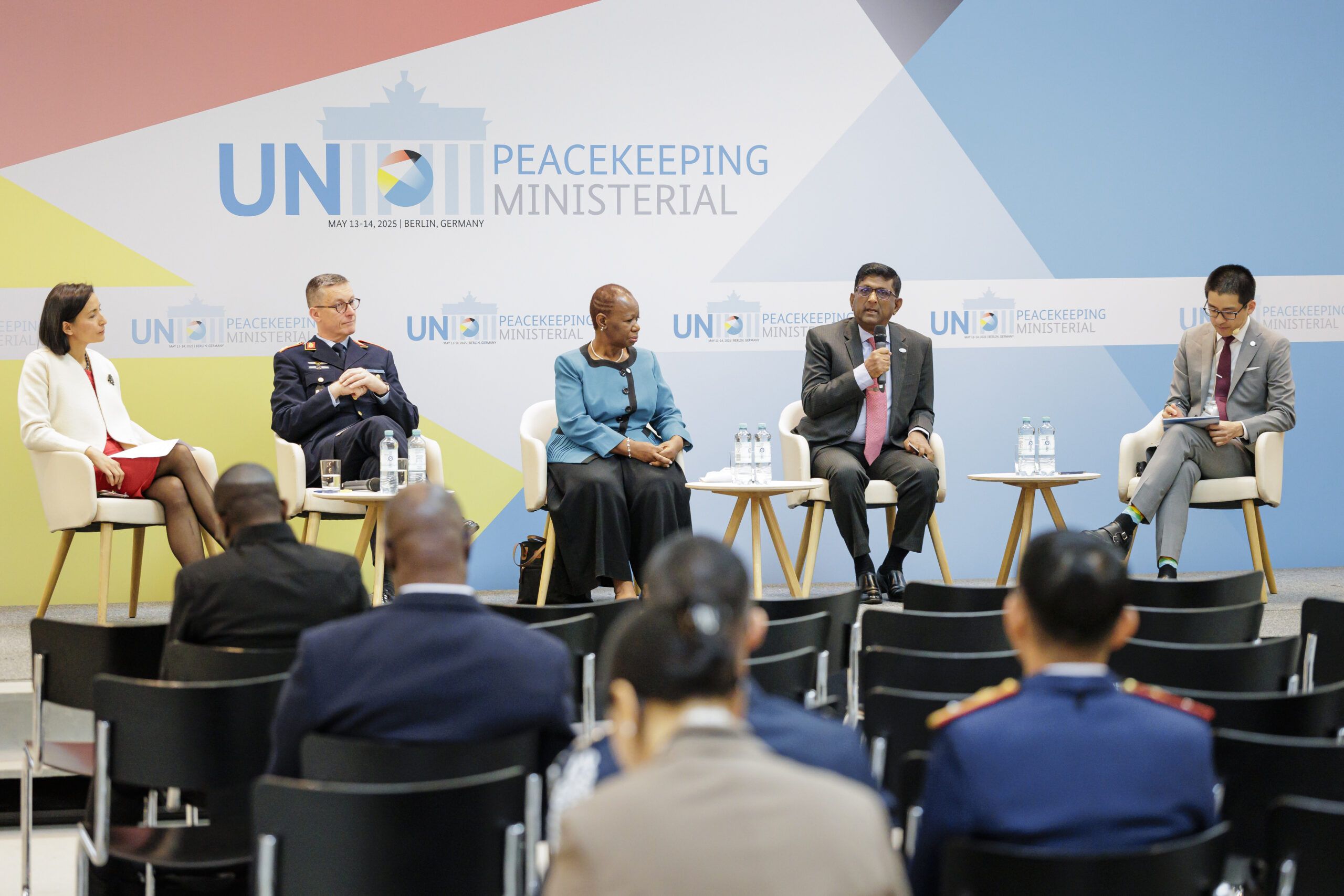

Array
(
[thumbnail] => https://s42831.pcdn.co/wp-content/uploads/2022/09/hero-placeholder-150x150.png
[thumbnail-width] => 150
[thumbnail-height] => 150
[medium] => https://s42831.pcdn.co/wp-content/uploads/2022/09/hero-placeholder-300x129.png
[medium-width] => 300
[medium-height] => 129
[medium_large] => https://s42831.pcdn.co/wp-content/uploads/2022/09/hero-placeholder-768x329.png
[medium_large-width] => 768
[medium_large-height] => 329
[large] => https://s42831.pcdn.co/wp-content/uploads/2022/09/hero-placeholder-1024x439.png
[large-width] => 1024
[large-height] => 439
[1536x1536] => https://s42831.pcdn.co/wp-content/uploads/2022/09/hero-placeholder.png
[1536x1536-width] => 1400
[1536x1536-height] => 600
[2048x2048] => https://s42831.pcdn.co/wp-content/uploads/2022/09/hero-placeholder.png
[2048x2048-width] => 1400
[2048x2048-height] => 600
[gform-image-choice-sm] => https://s42831.pcdn.co/wp-content/uploads/2022/09/hero-placeholder.png
[gform-image-choice-sm-width] => 300
[gform-image-choice-sm-height] => 129
[gform-image-choice-md] => https://s42831.pcdn.co/wp-content/uploads/2022/09/hero-placeholder.png
[gform-image-choice-md-width] => 400
[gform-image-choice-md-height] => 171
[gform-image-choice-lg] => https://s42831.pcdn.co/wp-content/uploads/2022/09/hero-placeholder.png
[gform-image-choice-lg-width] => 600
[gform-image-choice-lg-height] => 257
)
Global Peace Operations Review
Sustaining Peace is a Core Activity of the UN
On 27 April 2016, as an end result of an over a year long process aimed at reviewing the UN’s peacebuilding efforts, the member states of the United Nations agreed by consensus on two substantially identical, parallel resolutions of the General Assembly and Security Council. The comprehensive and far-reaching resolutions successfully capture the ambitious and innovative content of the 2015 Report of the Advisory Group of Experts (AEG) on the UN’s Peacebuilding Architecture.
The AGE Report starts by acknowledging that while any effort that does not tackle the root causes of conflict and seek durable solutions will do little more than set the stage for the next round of violence, peacebuilding is still often left as an afterthought – under-recognized, under-prioritized, and under-resourced. In the meantime, the failure to successfully prevent lapse and relapse into conflict is having irreversible repercussions for the credibility of global action, and of the United Nations.
The adoption of the two resolutions indicate that the membership of the United Nations is ready to stand up to the challenge set by Dag Hammarskjold, who once said that ‘the pursuit of peace and progress, with its trials and its errors, its successes and its setbacks, can never be relaxed and never abandoned’. At a time of recurrent divisions within the Security Council and among the membership of the General Assembly, it is very encouraging that member states were able to produce such a substantial, forward looking document.
The resolutions, first and foremost, should be seen as a pledge by the international community to go beyond mere rhetorical commitments to devise innovative, concrete and lasting solutions to conflict – not as a peripheral activity, but as a core task of the UN.
One important innovation of the Report and the resolutions is the introduction of the idea ‘sustaining peace’. Reflected throughout the text, the ‘sustaining peace’ approach seeks the UN and other peace and security actors to move beyond looking at peace and conflict in a sectorial way. Instead, it advocates more flexible, content appropriate and demand-driven approaches, while acknowledging peacebuilding as a political activity that must avoid templates, formulas and one-size-fits-all solutions.
Sustaining peace also requires breaking silos and combatting fragmentation at the intergovernmental, strategic and operational levels including in the field; further exploring the interlinkages between the political and security, development and human rights pillars of the United Nations; partnering better with regional and sub- regional organizations and international financial institutions; and emphasizing the importance of inclusivity and people-centered approaches for successful peacebuilding.
The notion of peacebuilding as a thread running throughout the life cycle of conflicts resonates throughout the resolutions. Peacebuilding is no longer a set of specific tasks and interventions promoted primarily by the three New York- based entities. Rather, it is connected to conflict prevention and peacekeeping, with a view to making, building, keeping and sustaining peace in an efficient, integrated and cost-effective manner.
In this way, the resolutions should be seen as supplementary to the normative consensus forming around conflict prevention especially since the adoption of UNSCR 2171 (2014), the Report of the High-level Independent Panel on Peace Operations, the Secretary-General’s Reports on Preventing Violent Extremism and the World Humanitarian Summit. However, the resolutions go beyond rhetorical commitments and talks about actual ways to implement the prevention agenda. Improving joint action and strategic analysis capacity, coordinated and coherent action including during transitions, ensuring adequate and predictable financing, and establishing effective leadership and operational coherence on the field are presented as concrete steps.
The failure to successfully prevent lapse and relapse into conflict is having irreversible repercussions for the credibility of global action, and of the United Nations.
The resolutions also underscore the importance of connecting humanitarian – development – peacebuilding action towards more effective and preventive UN responses. The resolutions not only underscore the joint role of the ECOSOC and PBC in bridging different agendas and breaking silos, but also highlight the importance of using the overarching UN development framework to further sustaining peace.
The Peacebuilding Commission particularly emerges as a key venue to implement the prevention agenda. By presenting peacebuilding as a goal that reaches beyond the pure post-conflict realm, for the first time member states are provided with a venue to bring their conflict prevention and peacebuilding priorities to the UN, without running the risk of stigmatization. The role of the PBC to provide political accompaniment and advocacy to conflict-affected states, and bridge the silos between and among the UN’s principal organs and entities is specifically highlighted in this respect. In the next year, we will be working closely with the PBC leadership, to ensure that it truly becomes a body, which fosters effective peacebuilding and prevention. In the meantime, the UN system and particularly the Peacebuilding Support Office and the Department of Political Affairs should jointly explore ways to more effectively use the PBC.
As all other major reviews and processes at the UN, the resolution recognizes that the UN cannot singlehandedly address all the global peace and security challenges, nor can it respond to the call to ‘leave no one behind’ in development processes on its own. As such, it recognizes the importance of partnerships with regional and sub- regional organizations, particularly the African Union, as well as international financial institutions, civil society, and the private sector. There is very strong language on UN-World Bank cooperation, drawing a framework for them to jointly support the capacities of national institutions and local civil society, in support of inclusive national ownership and people-centered solutions.
Finally, the resolutions call for the next Secretary-General to provide options on increasing restructuring and better prioritizing funding dedicated to UN prevention and peacebuilding activities. This is a good opportunity for the UN system to provide a comprehensive and realistic assessment on constraints to achieve adequate and predictable financing and innovative solutions, in connection with other discussions being held at the UN and beyond, on better funding arrangements. The new Secretary-General should be able to provide these options in conjunction with thinking in the humanitarian and development areas on funding and financing UN action. The resolutions also recognize the value of the Peacebuilding Fund as a flexible, rapid, effective tool, and emphasize the importance of multi-year commitments to the PBF to ensure adequate, sustained, predictable financing.
Paradoxically, while there is general consensus and political commitment to prevention, funding for prevention and peacebuilding is not forthcoming. This is, perhaps, not surprising given the growing costs associated with escalating humanitarian crises. Nonetheless, all agree that our best chance of reducing humanitarian suffering and cost is to build more durable and just political solutions. The UN will now have to live up to and deliver on the commitments set by these groundbreaking resolutions.
Oscar Fernandez-Taranco is the UN Assistant Secretary-General for Peacebuilding Support.
This post reflects the views of the author only and do not necessarily reflect the views of the United Nations.
More Resources
-

-

Reflections on the 2025 Peacekeeping Ministerial
Eugene Chen
Stay Connected
Subscribe to our newsletter and receive regular updates on our latest events, analysis, and resources.
"*" indicates required fields


